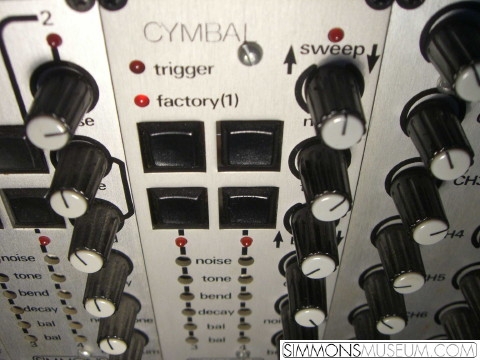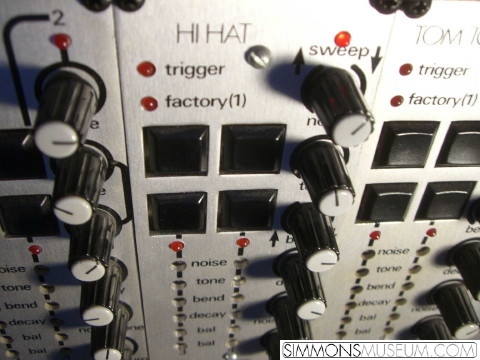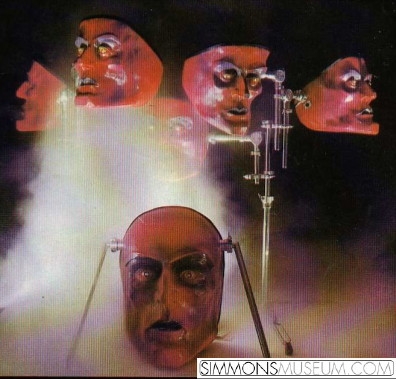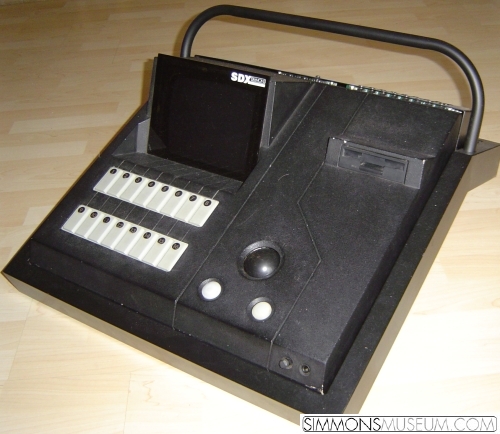Have you ever looked inside a common HiHat controller? The technology inside is just as simple as expected: If you step onto the pedal, a curcuit is being closed and the inner resistance is immediately set from infinite to zero. So the drum brain only needs to messure the remaining current in order to decide whether an open or closed HiHat sound is supposed to be played back. Modern controllers which can even map half open states probaly provide a variable conductance between open and closed, more or less linearly depending on the angle of the plate. And Simmons? Please correct me, but I suppose the SDSV HiHat pedal was the first of its kind. So it should be justified that Dave Simmons is the inventor of it. But it was differnt. It was based on a light barrier. The source of light was permanently powerd by the brain (15V). When the pedal was closed, a metal tongue interrupted the beam of light, the sellenium cell opposite to the source could not send anymore current to the brain which triggered the “decay killer” (this expression comes from the SDS3).

By the way: Always keep in mind that if you connect a HiHat controller other than the original to an SDSV brain: You might damage your pedal!
But Dave Simmons not only invented the open/close Hihat pedal. One of the trailblazing innovations of the SDX was that the first time an electronic HiHat provided more than open/closed/closing but also half open. This was realized by pessure. The pedal had the same FSR foil built in as the pads did have. Depending on how strong you kicked the pedal down the inner resistance could be modulated.













